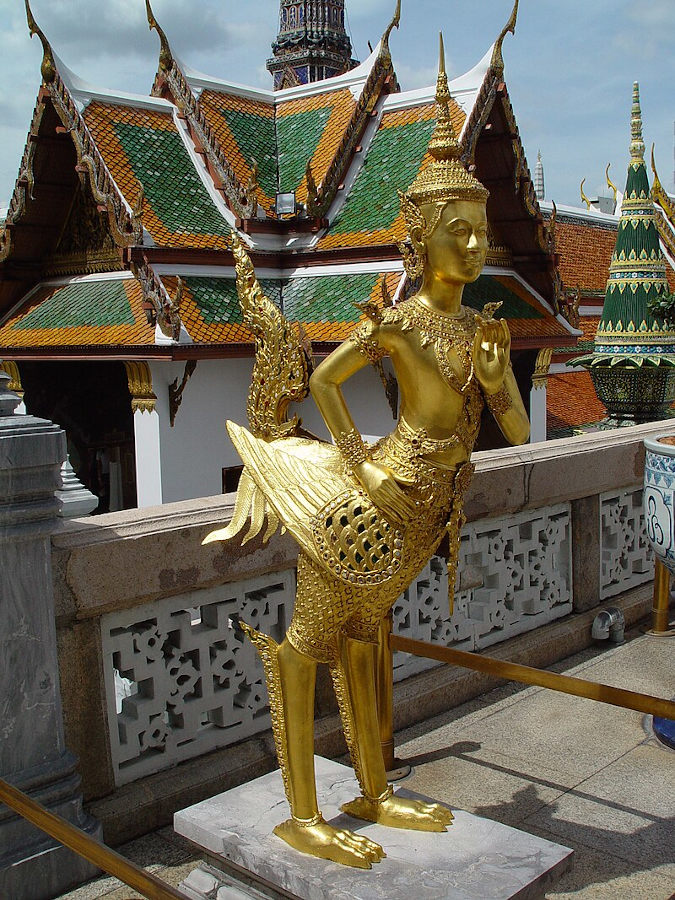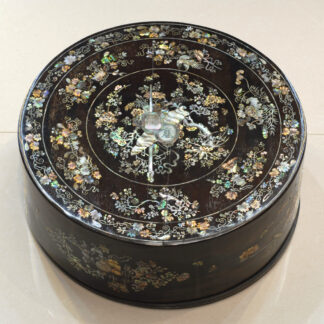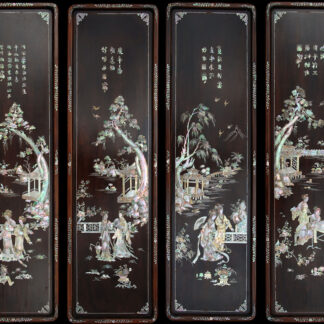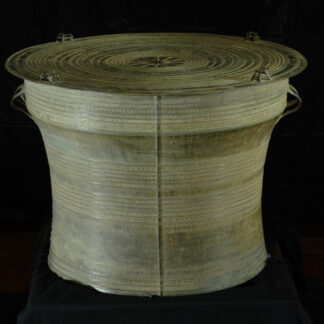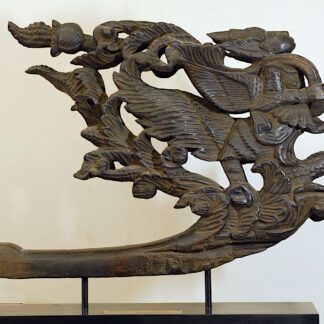Large Antique Burmese Kinnara Cart Pointer c. 1800s
Mythological Role: Celestial musician, protector
This magnificent antique teak Burmese cart pointer once adorned the front of an ox or horse cart guiding its path with function and divine symbolism. Measuring an impressive 85 cm long, 63 cm high, 16 cm wide, and weighing 14 kg, this piece is notably larger than most surviving examples making it a standout for any Southeast Asian antique collection.
The figure depicted is a Kinnara (aka: Kinnaya, Burmese: Keinnaya), a mythical being from Buddhist and Hindu mythology, revered as a half-bird, half-human celestial musician. In Burmese Buddhist tradition, the Kinnara holds profound spiritual significance, as it is believed that the Buddha himself was incarnate as a Kinnara four times during his 136 past animal lives. The Kinnara is also one of the 108 sacred symbols found on the footprint of the Buddha, underscoring its role as a protector and guide, not only of the cart but also the spiritual journey.
Its bold, flowing lines evoke a sense of wind swept speed, as if defying the slow lumbering pace of the ox cart it guided, perhaps an ancient mythical form of wishful thinking. Its intricate design reflects the rich artistic heritage of 19th-century Burma where such carvings were meticulously crafted. Cart pointers were not only decorative, but were believed to offer protection to the cart’s passengers and ensure a safe journey, blending utility with cultural andmythological meaning.
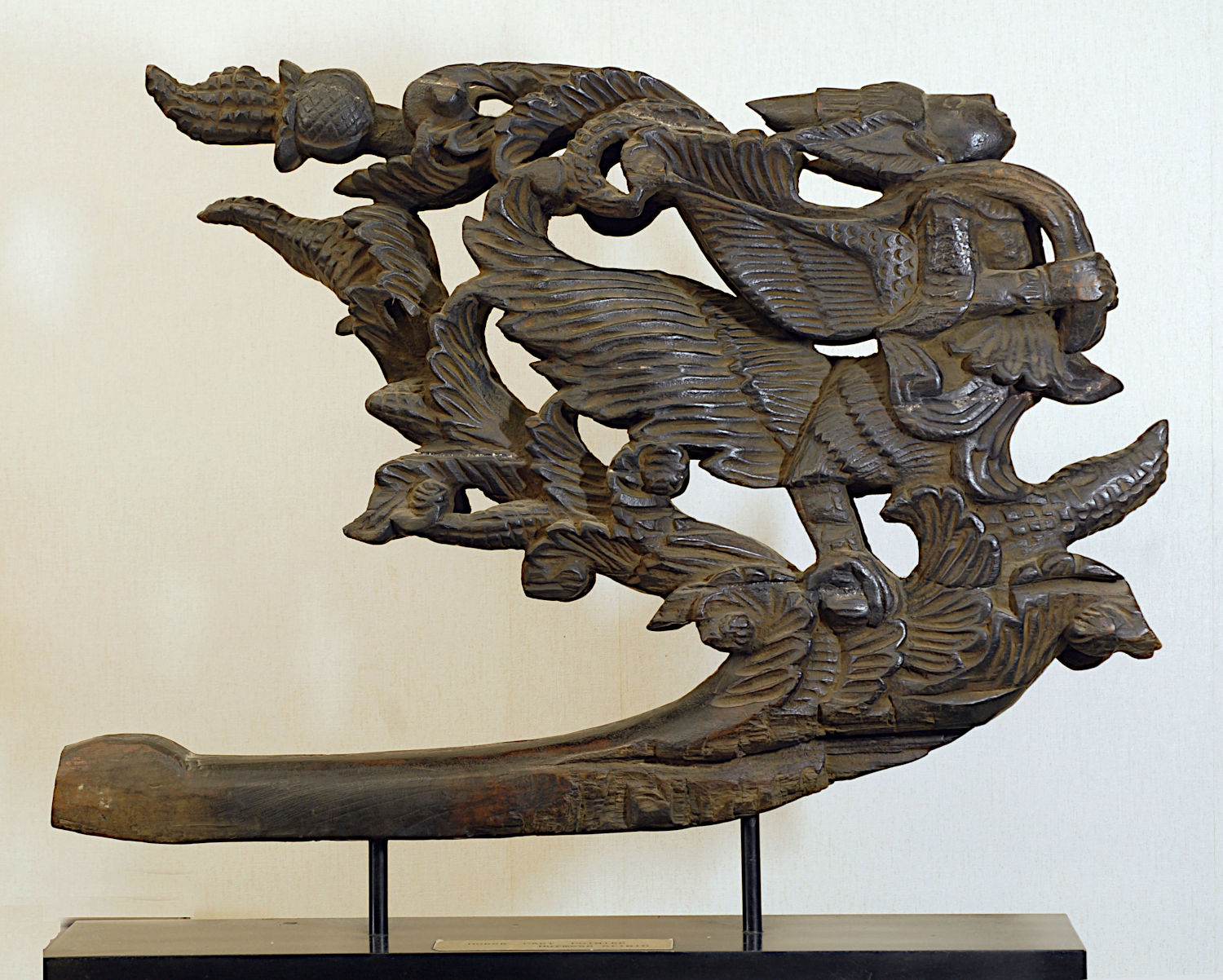
Below: A Thai Kinnara at Wat Pra Kaew in Bangkok
